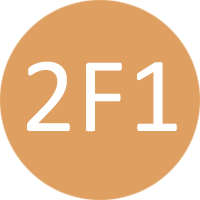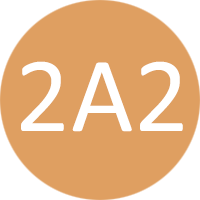Public Rights of Way (PROW)
The laws in England and Wales provide you with the right to walk, ride, cycle and drive in public rights of way in the countryside. Public rights of way include footpaths, byways and bridleways. Public rights of way are listed and described in Definitive Maps and Statements (legal records of public rights of way). PROWs include:
- footpaths
- bridleways
- restricted byways
- byways open to all traffic
As the owner or occupier of land with a public right of way across it, you must keep the route visible and not obstruct or endanger users.
Covenants
A covenant is a type of contract in which the covenantor makes a promise to a covenantee to do (affirmative covenant) or not do some action (negative covenant). In real property law, the term real covenants is used for conditions tied to the use of land. A “covenant running with the land”, also imposes duties or restrictions upon the use of that land regardless of the owner. Restrictive covenants are somewhat similar to easements and equitable servitudes.
- Positive: to have to do something (mown someone’s lawn for life)
- Negative (AKA Restrictive): to NOT be able to do something (build to a specific location)
Easements
An easement is a right which a person has over land owned by someone else. Easements are normally attached to theland rather than to a person and can be considered to last in perpetuity.
Examples of easements include:
- rights of way
- right to light
- right for underground services to pass beneath the land of a neighbouring property
- right of support
- right to draw water
Wayleaves
Wayleaves are similar to easements, but differ in that they are temporary agreements typically used by utilities companies to allow them to install and maintain equipment on privately-owned land in return for payment to the landowner and occupier – usually a one-off payment.





